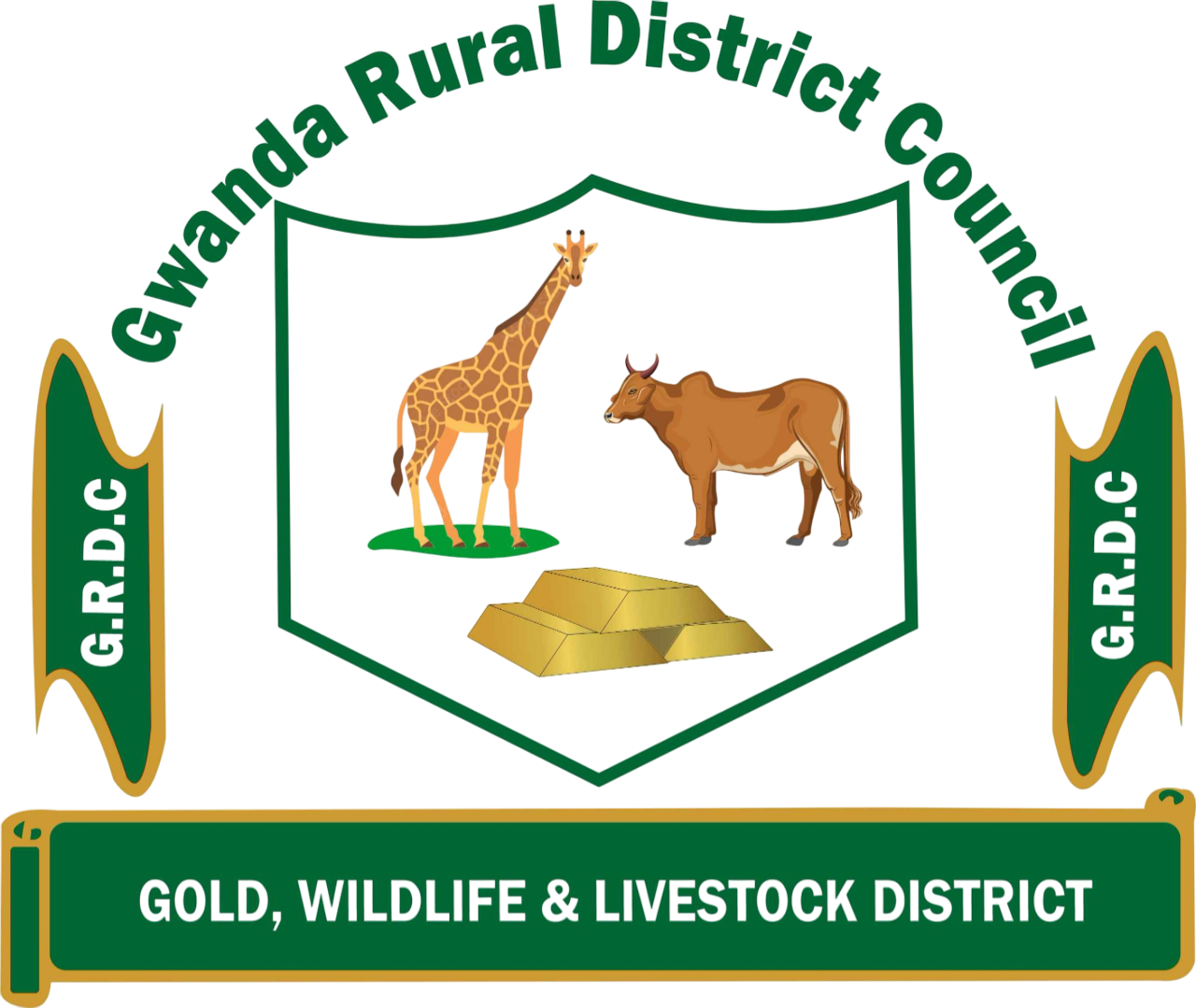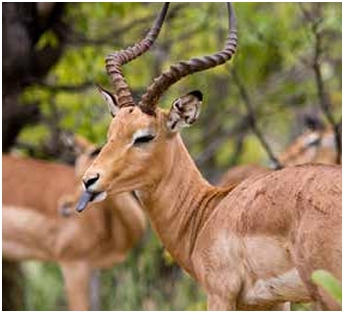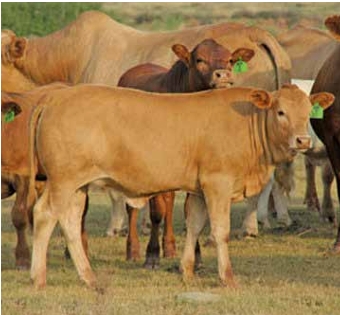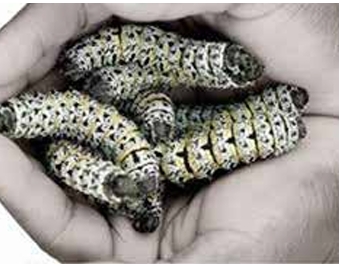Mining
There exists an investment gap in emerging sectors such as solar based production of energy as well as production of construction material such as quarry stones and gravel. In terms of solar, the
district is favourably positioned to receive solar radiation from the sun, making it highly suitable
for the set-up of solar farms and other solar energy harvesting facilities. Solar projects that have
been major successes in the district include the Blanket Mine solar farm which feeds into the
national grid as well as the Mashaba mini –solar grid that supplies energy to irrigation schemes,
schools, clinics and business centres.
The growth of Gwanda Town and the planned highway upgrade and maintenance projects will
come with an attendant demand for building materials such as quarry stone and sand deposits.
There exists an opportunity for the private sector and individual to invest into this sector which is
currently under-invested
Wildlife & Landforms
The expansive savannah biome that dominates the district allows for the existence and proliferation of wildlife with main trophy species such as elephant, buffalo, hippopotamus and leopard present. In addition, plain game species such as impala, zebra and kudu exist within the district. Opportunities therefore exist in the trophy hunting and eco-tourism sectors. The district also has landforms such as mountains, hills and major river courses which present a wide range of opportunities in the non-consumptive eco-tourism sector. Investors can partake in various competitive sporting events such as the Tour De Tuli, Tuli Marathon etc. which are made possible by the intersection of the district with parts of Botswana and South Africa at the Greater Mapungubwe Trans frontier Conservation Area, jointly run by the three countries.
Emerging Sectors
The expansive savannah biome that dominates the district allows for the existence and proliferation of wildlife with main trophy species such as elephant, buffalo, hippopotamus and leopard present. In addition, plain game species such as impala, zebra and kudu exist within the district. Opportunities therefore exist in the trophy hunting and eco-tourism sectors. The district also has landforms such as mountains, hills and major river courses which present a wide range of opportunities in the non-consumptive eco-tourism sector. Investors can partake in various competitive sporting events such as the Tour De Tuli, Tuli Marathon etc. which are made possible by the intersection of the district with parts of Botswana and South Africa at the Greater Mapungubwe Trans frontier Conservation Area, jointly run by the three countries.
Agriculture
Gwanda District has well-drained soils and this allows the production of a wide range of crops (with water being the limiting factor) as well as the natural proliferation of highly palatable grass species further permitting improved livestock production. This presents viable opportunities especially in irrigated cropping and intensified livestock production. With the advent of climate change and its impacts, most farmers are shifting to small livestock (goats, sheep, and poultry) production. Intensive cattle production using improved breeds also remains a viable opportunity.
The district has five irrigation schemes (with potential for more) and these present opportunities for partnerships between private business and individuals on one hand and the farmers on the other hand. With improved production in the agricultural sector more opportunities will open up in the agro processing sector with industries such as millers, abattoirs and packaging factories becoming viable.
Major water courses
The district plays host to three major water courses, being the Umzingwane, Tuli and Shashe Rivers and these present opportunities which feed into both agriculture and tourism. Currently one major water reservoir, the Tuli- Manyange Dam is under construction on Tuli River, and once complete it will open up a plethora of opportunities in the settlements, agriculture and tourism sectors.
Forestry Produce
Non-timber forestry produce in the district includes mopani worms (amacimbi), marula nuts and wine as well as bush meal for stock feed production amongst others. Beneficiation and value addition in this sector present opportunities for PPPs, BOT and BOOT initiatives for both the private sector and the public. Suffice to note that the District recently had it Environment & Natural Resources Conservation by-laws gazetted and these by-laws set the tone for the control of harvesting of forestry produce within the district.





